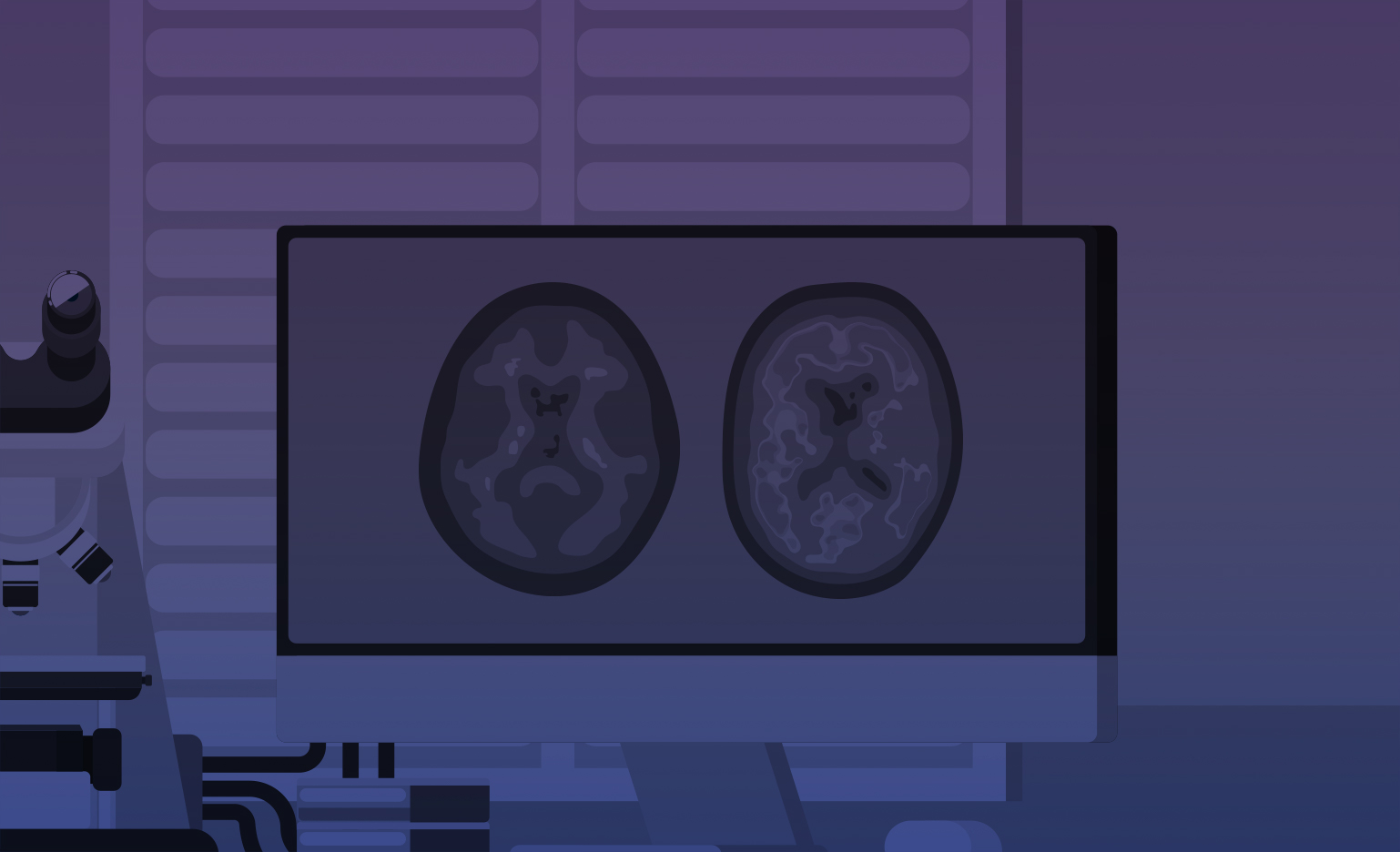Buck Institute for Research on Aging
Buck Institute for Research on Aging
Identification of Inhibitors for the C-Terminal D664 Cleavage of APP as Potential Therapeutic Agents for Alzheimer's Disease
Alzheimer's disease has been thought to be a disease of toxicity: in other words, it has been thought to be mediated by the collection of a small peptide (the amyloid beta, or Aß, peptide) that damages brain cells by physical and chemical properties, such as the binding of damaging metals, reactive oxygen species production, or direct damage to the membranes of cells. However, our recent results paint a completely different picture of Alzheimer's disease, as an imbalance between two normal processes: memory formation and normal forgetting. Amyloid peptide (Abeta) is postulated to play a central role in the pathogenesis of Alzheimer's disease. We at the Buck Institute have recently demonstrated that APP695 can be cleaved at an intracellular site (Asp664) leading to the release of a small C31 peptide and a neo-APP (APP664) fragment, both products being potentially cytotoxic. Immunohistochemical analysis of AD brain demonstrates that this cytoplasmic cleavage occurs in AD brain versus normal and the products are found around plaques and tangles in key brain areas affected by the disease (Bredesen, et. al., Nature, 443, 796, 2006; Banwait et. al. 2007 in press). We have been able to reverse the AD phenotype in a transgenic mouse model by producing a single genetic mutation in the amyloid precursor protein (APP). This mutation of aspartic acid residue 664 to alanine of APP695 leads to the complete blockage of the C-terminal cleavage in vivo. In addition these transgenic mice demonstrate normal synaptic function and normal memory (Galvan et. al.,PNAS,103, 7130 (2006)). We have also shown that this C-terminal cleavage requires Abeta facilitated APP multimerization (Lu et. al, J. Neurochem., 87, 733, 2003; Shaked et. al., Faseb J., 20, 1254, (2006)). Our search for molecular mimetics of the genetic-blockage have led to a recombinant protein that both blocks the Asp664 cleavage and inhibits Abeta production. A postulated mechanism for the recombinant protein is through direct binding to APP, thus preventing APP oligomerization. We are further exploring the binding of the recombinant protein to APP through 3D structure determination.In order to discover small molecule mimetics, we are setting up a primary high-throughput screening (HTS) assay involving time-resolved fluorescence (TRF) using the Delfia technology and plan to use this assay to screen our internal 2000 compound library and the ICCB-Longwood center library (250,000 compounds) at Harvard. The multiplexed TRF assay for 3 processed forms of APP is being developed in a 384 well format. For the secondary screens we plan to use organotypic brain slice-cultures to evaluate 'hits' for Asp664 cleavage and Abeta production. In addition we plan to use bioluminescence resonance energy transfer (BRET) assay to provide a measure of the Abeta induced APP oligomerization and to provide a screen to address mechanism of action of potential hits. Hit resynthesis and initial analoging would be done at a CRO (Dalton Chemicals, Toronto, Canada) under the direction of the PI. In addition we plan to use virtual-screening techniques to identify additional hit-derived analogs for testing. The eventual goal of this effort is to obtain molecules that will be evaluated in vivo in the AD transgenic mouse models to demonstrate proof-of-concept for reversing the AD phenotype. We are requesting $150,000 for the first year for screening and 'hit' validation efforts.The goal of the first year of the research proposal is to identify several small molecule 'hits' and narrow them down using the flow scheme outlined in this proposal to a single series that can be further developed for proof-of-concept testing in transgenic mice. The end point of this testing would be to reverse the AD phenotype and thus correct the imbalance between the two normal process of memory formation and forgetting. The research work proposed in the grant will be done by the Alzheimer's Drug Discovery Network (ADDN) at the Buck Institute. The ADDN has the personnel with the necessary expertise needed for achieving the milestones outlined in this grant.

